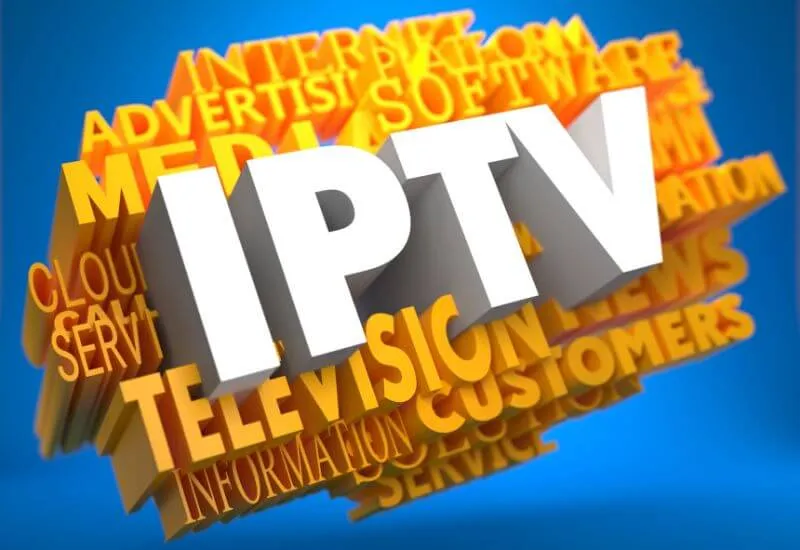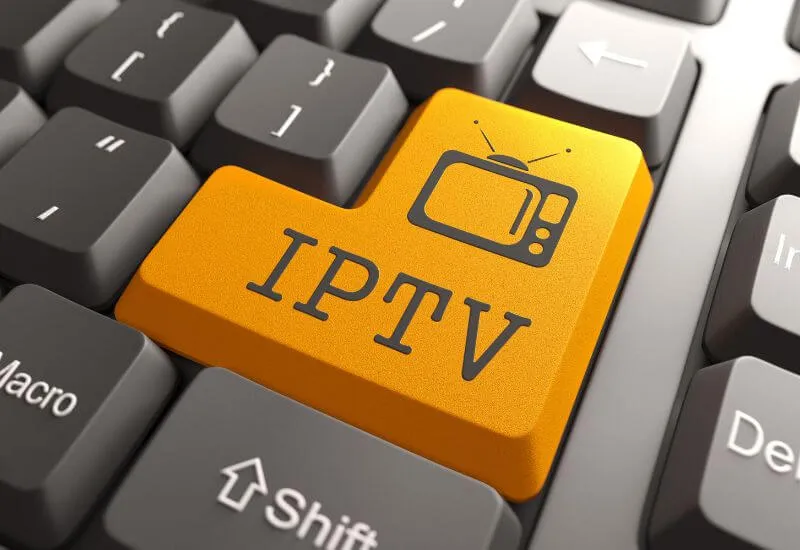IPTV (Eng. Internet Protocol Television) is built on the data transmission technology adopted in the open Internet. The distinction fibs in the point that:
- IPTV is a closed system, the provider of which provides a number of services to subscribers to provide access to media content. One of the reasons for the closed nature of the system is the need to protect copyright.
- Content is provided as a package of radio and TV channels. Services outside of the package are subject to a separate fee.
- The range and quality of services depends on the configuration of the provider’s head server and the set-top box-decoder on the user’s side.
Conventionally, IPTV can be compared with cable television, but IPTV technology has added the ability to connect IP telephony and/or the Internet over a single incoming cable, as well as apply three types of transmission: Unicast (unicast); Broadcast (broadcast) and Multicast (multicast), which increases the flexibility of the system.
Table of Contents
How does IPTV Work?

The process of forming software packages is carried out at the head IPTV station using satellite and/or wired communication. At the same time, agreements are concluded with content owners (content providers).,
Which are all Russian or regional TV channels, owners of film libraries and foreign satellite TV and radio channels.
The head server receives paid channels, recodes them into its own encryption system, and sends them to clients via the appropriate type of transmission through one or more distribution network routers.
Further routing is carried out by border routers (hubs) of the core network. IPTV provides a live broadcast of the corresponding channel with a signal processing delay.
Unicast
The unicast transmission type provides for the service of a particular user. With a large number of clients, the load on transport networks, the server, and routers increases. It is used in the VoD (Video on Demand) format – individual services or by order of individual channels, programs or films.
Broadcast
The broadcast organization type ensures that one packet is shown to all users. The package includes popular news, sports, and other channels with a variety of specializations.
To determine the number of users viewing specific channels, there is a content management system (CMC) on the main server that analyzes attendance and generates an IPTV playlist with a list of active channels.
IPTV providers often publish free listings to promote their server (brand) or broadcast channel. For this reason, free playlists quickly become obsolete.
The problem of using free channels from a playlist can occur on the user’s side when connecting to a TV through a set-top box (decoder) if your provider does not decode this playlist on its server.
User devices with independent access to the Internet can use without restrictions. To do this, you need to download the *.m3u file and run it on the device using the player in accordance with your operating system and preferences.
Read Also: How to connect Alexa to a TV
How to use HBO from a TV with Roku to watch series and movies?
How to Install Chromecast with Google TV
How to connect an iPad to a wired or wireless / cable TV
A solution to this problem is to connect the TV via Wi-Fi or via a wire with HDMI, DVI-D or DVI-I connectors to a device with an Internet connection, which is available for Smart systems or using a digital signal processing unit (active adapter).
Multicast
Multicast is based on the definition of a group of users who share the same package. In this case, the head server sends one stream of media data to the router of the network distributor, which is distributed to the entire group of users by border routers.
Clients with a different package receive their set of channels through the same routers, but with a different IP address. Such an organization allows for reducing the load on the head server and the router of the network distributor.
How to set up IPTV?
Setting up IPTV does not cause problems with the set-top box recommended by the provider. This is due to the possibility of guaranteed signal decoding, and service unification.
During the initial setup, a menu or a window for entering the password specified in the contract is displayed on the TV screen. Further configuration is performed either automatically or according to the instructions for the set-top box using the IR remote control.
Console
A set-top box is a specialized computer for decrypting the provider’s signal and organizing the transmission of user requests within the set of decoder functions.
Read Also: 6 Best TV Remote Apps For Android [Change Channels]
How To Connect a Xiaomi CellPhone With TV
How to access HBO from your Amazon Fire TV Stick
Play on TV with Chromecast, or even better games with other people
It has its own power supply, processor, and RAM. Sometimes equipped with a built-in HDD for the function of recording a program that could not be watched during a live broadcast.
A typical set-top box has the following connectors:
- AV or antenna output for older TVs with an analog signal.
- Digital and/or A/D output.
- Ports for digital signal input (Ethernet) via copper and fiber optic cable.
- USB port for connecting an external drive to implement the function of delayed viewing of the program, connect a mouse or keyboard. Port functionality is described in the manual.
- With an increase in the set of functions (timers, protecting packages from viewing by children, the TimeShift function – pausing / rewinding, etc.), the cost of equipment increases, and troubleshooting becomes more complicated. When changing a package or tariff plan, the operator is obliged to inform about the required changes in the settings.
IPTV Full form
IPTV (Internet Protocol television)


